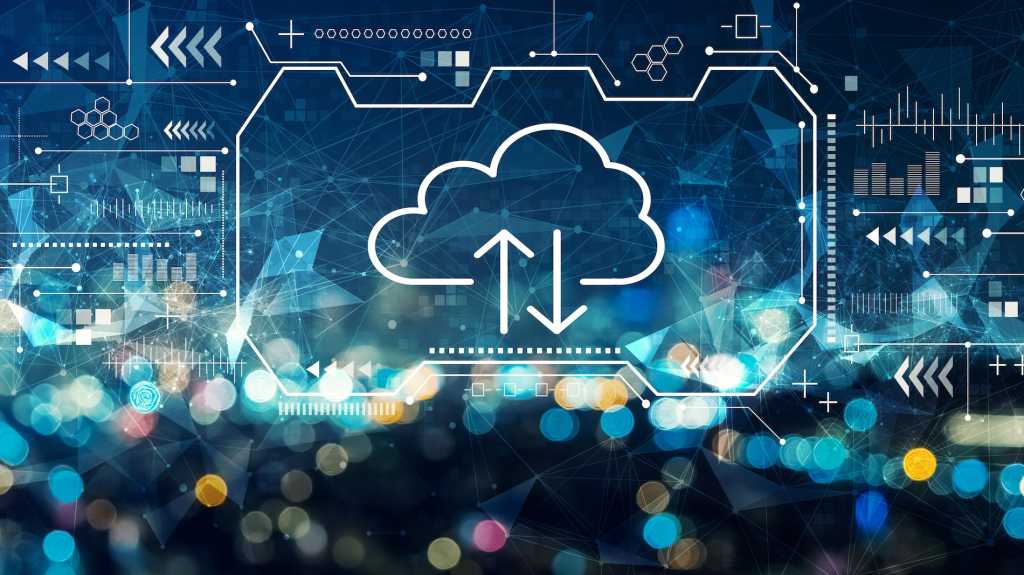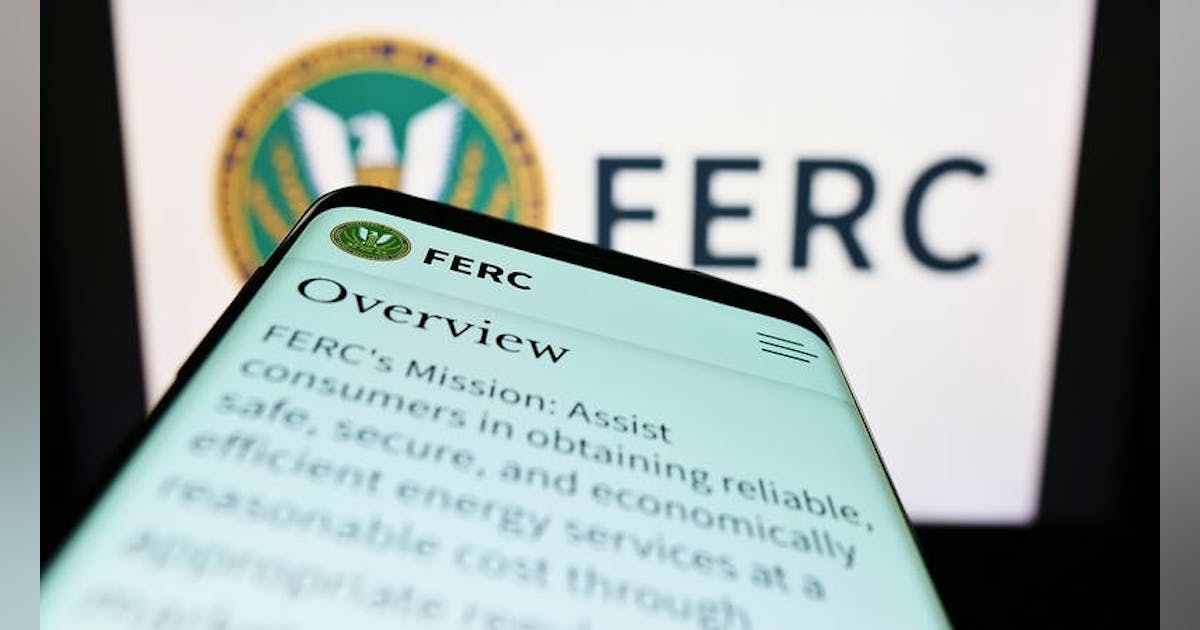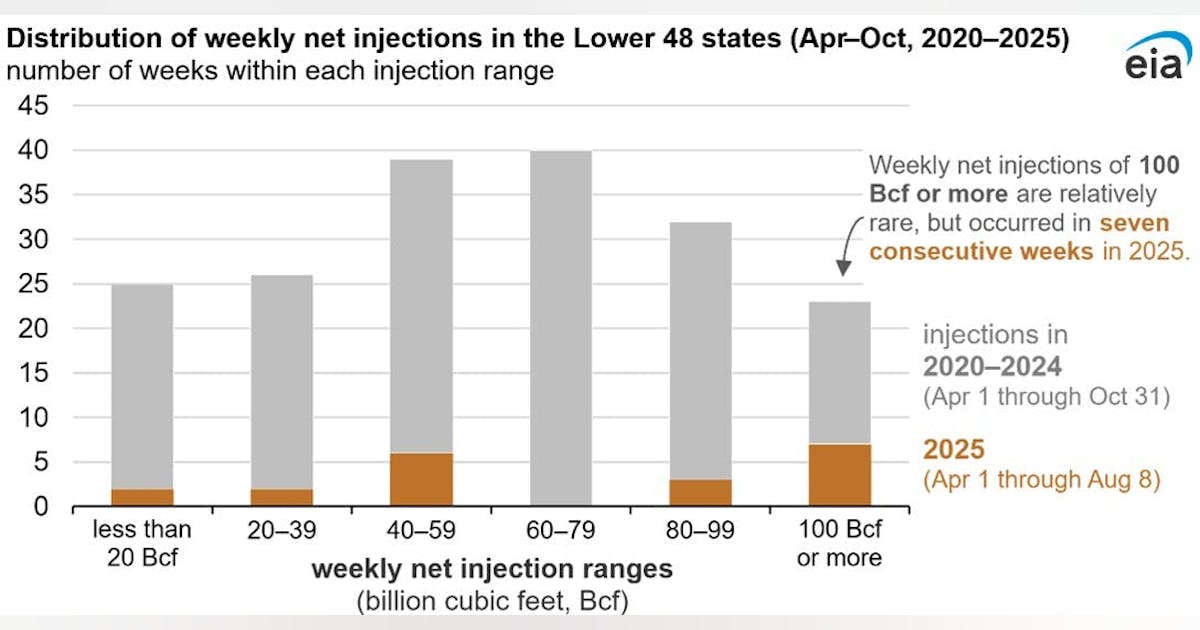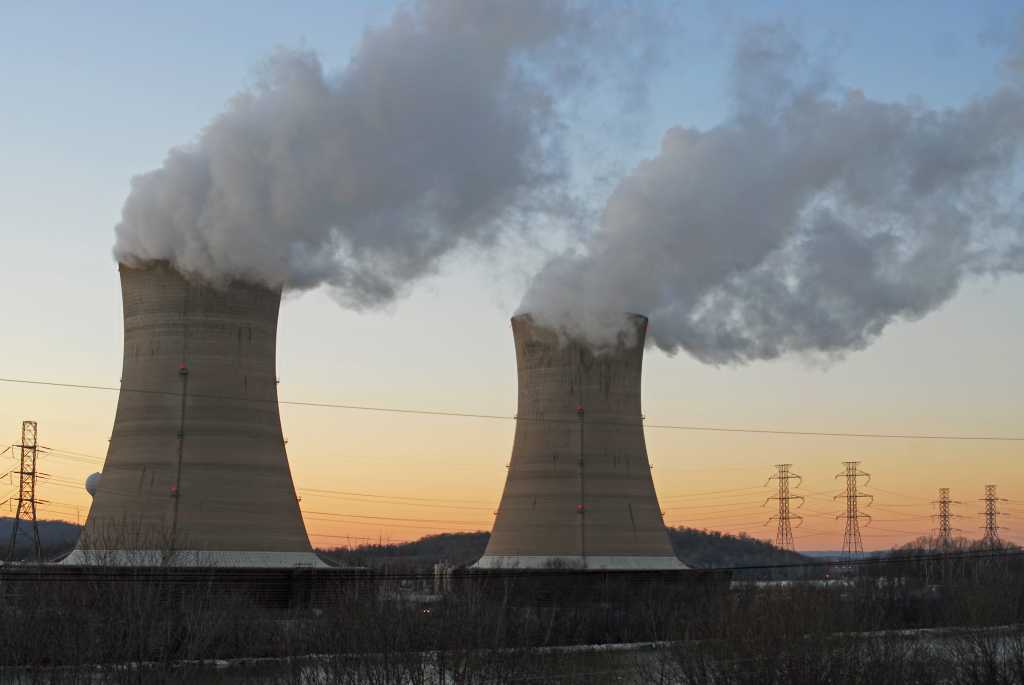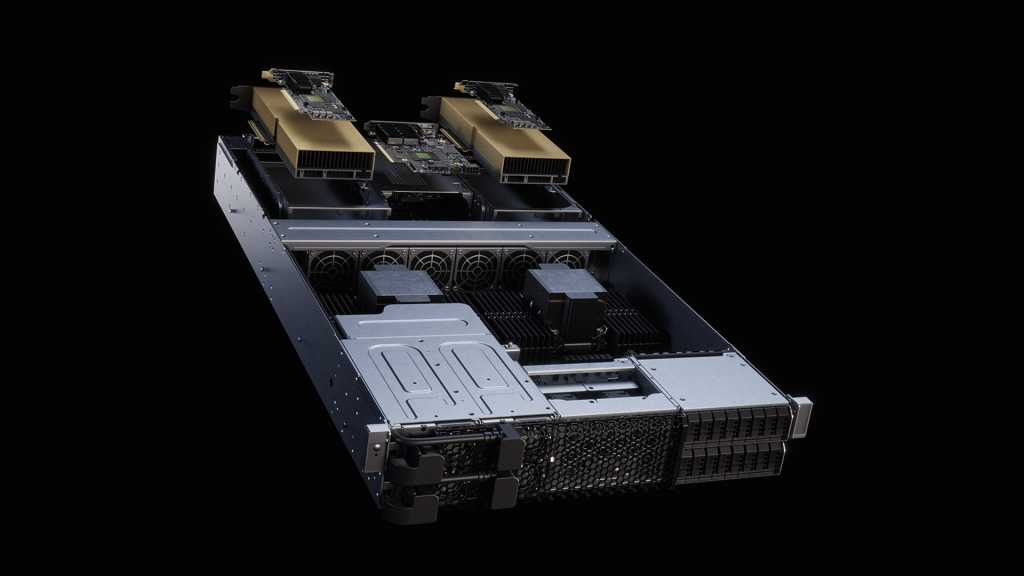Plus: the AI bubble may be about to burst
This is today’s edition of The Download, our weekday newsletter that provides a daily dose of what’s going on in the world of technology.
How churches use data and AI as engines of surveillance
On a Sunday morning in a Midwestern megachurch, worshippers step through sliding glass doors into a bustling lobby—unaware they’ve just passed through a gauntlet of biometric surveillance. High-speed cameras snap multiple face “probes” per second, before passing the results to a local neural network that distills these images into digital fingerprints. Before people find their seats, they are matched against an on-premises database—tagged with names, membership tiers, and watch-list flags—that’s stored behind the church’s firewall.
This hypothetical scene reflects real capabilities increasingly woven into places of worship nationwide, where spiritual care and surveillance converge in ways few congregants ever realize.
Where Big Tech’s rationalist ethos and evangelical spirituality once mixed like oil and holy water, now they’re combining to redraw the contours of community and pastoral power in modern spiritual life. Read the full story.
—Alex Ashley
This story is from our forthcoming print issue, which is all about security. If you haven’t already, subscribe now to receive future issues once they land.
MIT Technology Review Narrated: How to run an LLM on your laptop
For people who are concerned about privacy, want to break free from the control of the big LLM companies, or just enjoy tinkering, local models offer a compelling alternative to ChatGPT and its web-based peers. Here’s how to get started running one from the safety and comfort of your own computer.
This is our latest story to be turned into a MIT Technology Review Narrated podcast, which we’re publishing each week on Spotify and Apple Podcasts. Just navigate to MIT Technology Review Narrated on either platform, and follow us to get all our new content as it’s released.
The must-reads
I’ve combed the internet to find you today’s most fun/important/scary/fascinating stories about technology.
1 US tech stocks are sliding over fears the AI bubble may be about to burst
After an MIT report found that the vast majority of organizations are getting zero return on their AI investments. (FT $)
+ Even Sam Altman thinks the current hype is unsustainable. (CNBC)
2 Meta is reportedly weighing up downsizing its AI division
It wants to split it into four groups—and layoffs could be imminent. (NYT $)+ What’s happening with the metaverse, then? (NY Mag $)
+ Meta is desperately hoping its AI hiring spree will pay off. (Bloomberg $)
3 The American Academy of Pediatrics is defying RFK Jr
By releasing its own vaccination schedule for children. (Ars Technica)
+ It’s breaking with current CDC recommendations. (CNN)
+ Why US federal health agencies are abandoning mRNA vaccines. (MIT Technology Review)
4 Elon Musk’s America Party isn’t going so well
He’s said to be refocusing his attention on his companies instead. (WSJ $)
5 The White House has a TikTok account now
The very same TikTok that Donald Trump once tried to ban. (WP $)
+ What appears to have changed Congress’ stance? (The Verge)
+ There’s still no sign of a sale on the horizon. (The Guardian)
6 Nvidia is working on another chip for China
One that’s faster and more powerful than its current H20 model. (Reuters)
7 How AGI preppers are bracing themselves for an AI apocalypse
Some are spending all their retirement savings along the way. (Insider $)
8 Demand for critical minerals is soaring
Is there a less-invasive way to mine them? (New Scientist $)
+ The race to produce rare earth elements. (MIT Technology Review)
9 What’s an automaker CEO to do?
In our increasingly topsy turvy world, many of them feel like they can’t win. (Wired $)
10 This mattress company is building an AI agent for sleep
Eight Sleep’s agent could simulate digital twins of a user’s sleep habits. (The Information $)
+ I tried to hack my insomnia with technology. Here’s what worked. (MIT Technology Review)
Quote of the day
“Too many cooks, too many kitchens.”
—Tech investor M.G. Siegler wryly comments on the news Meta is planning to restructure its AI division in a post on Bluesky.
One more thing
Responsible AI has a burnout problem
Margaret Mitchell had been working at Google for two years before she realized she needed a break. Only after she spoke with a therapist did she understand the problem: she was burnt out.
Mitchell, who now works as chief ethics scientist at the AI startup Hugging Face, is far from alone in her experience. Burnout is becoming increasingly common in responsible AI teams.
All the practitioners MIT Technology Review interviewed spoke enthusiastically about their work: it is fueled by passion, a sense of urgency, and the satisfaction of building solutions for real problems. But that sense of mission can be overwhelming without the right support. Read the full story.
—Melissa Heikkilä


